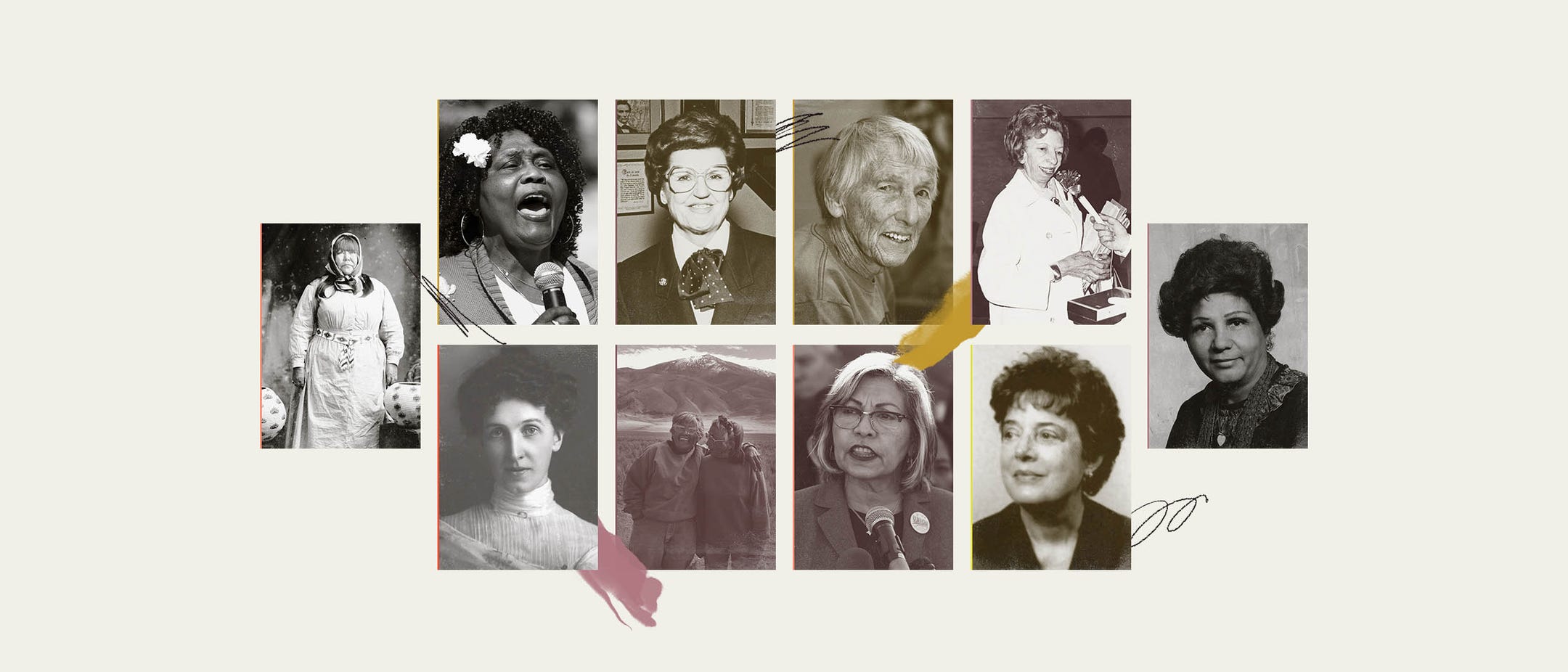
In 2019, Nevada reached a milestone in women’s representation in the public sphere when women won the majority of seats in both houses of the state Legislature — a first in U.S. history.
The feat wasn’t accomplished overnight. It’s just the latest breakthrough after more than a century of hard work by Nevadans toward equality of the sexes. Nevada was the 10th state to grant voting rights to women; the 28th to ratify the 19th Amendment; and the 36th to pass the Equal Rights Amendment, rebooting a long-stalled effort to enshrine into the U.S. Constitution equal rights regardless of sex.
This year, to commemorate the 100th anniversary of the ratification of the 19th Amendment, the USA TODAY Network is recognizing the contributions of extraordinary women of the past century from all 50 states, plus the District of Columbia. The women selected to represent Nevada showed outstanding achievement in areas including politics, business, philanthropy, civil rights, education, literature and the arts.
Choosing only 10 representatives for Nevada — 11, actually — was a difficult task. Many of Nevada’s most notable women didn’t make the list, or didn’t qualify.
Sarah Winnemucca, an educator and activist so central to Nevada’s identity that her image is enshrined in the National Statuary Hall Collection at the U.S. Capitol, died in 1891, decades before the passage of the 19th Amendment. Southern Nevada pioneer Helen J. Stewart made her biggest impact on the state's history prior to 1920. Others, including Miriam Shearing, Nevada’s first female Supreme Court justice; Anne Martin, who fought for suffrage in Nevada and overseas; and Nancy Houssels, co-founder of the Nevada Ballet Theatre, were worthy choices as well, but ultimately did not make the list.
Our final list of honorees represents a broad range of pioneering Nevada women who have made, and continue to make, a lasting impact on Nevada and the United States. Here are their stories.
Sarann Knight-Preddy
First African American woman to hold a gaming license in Nevada
(1920-2014)
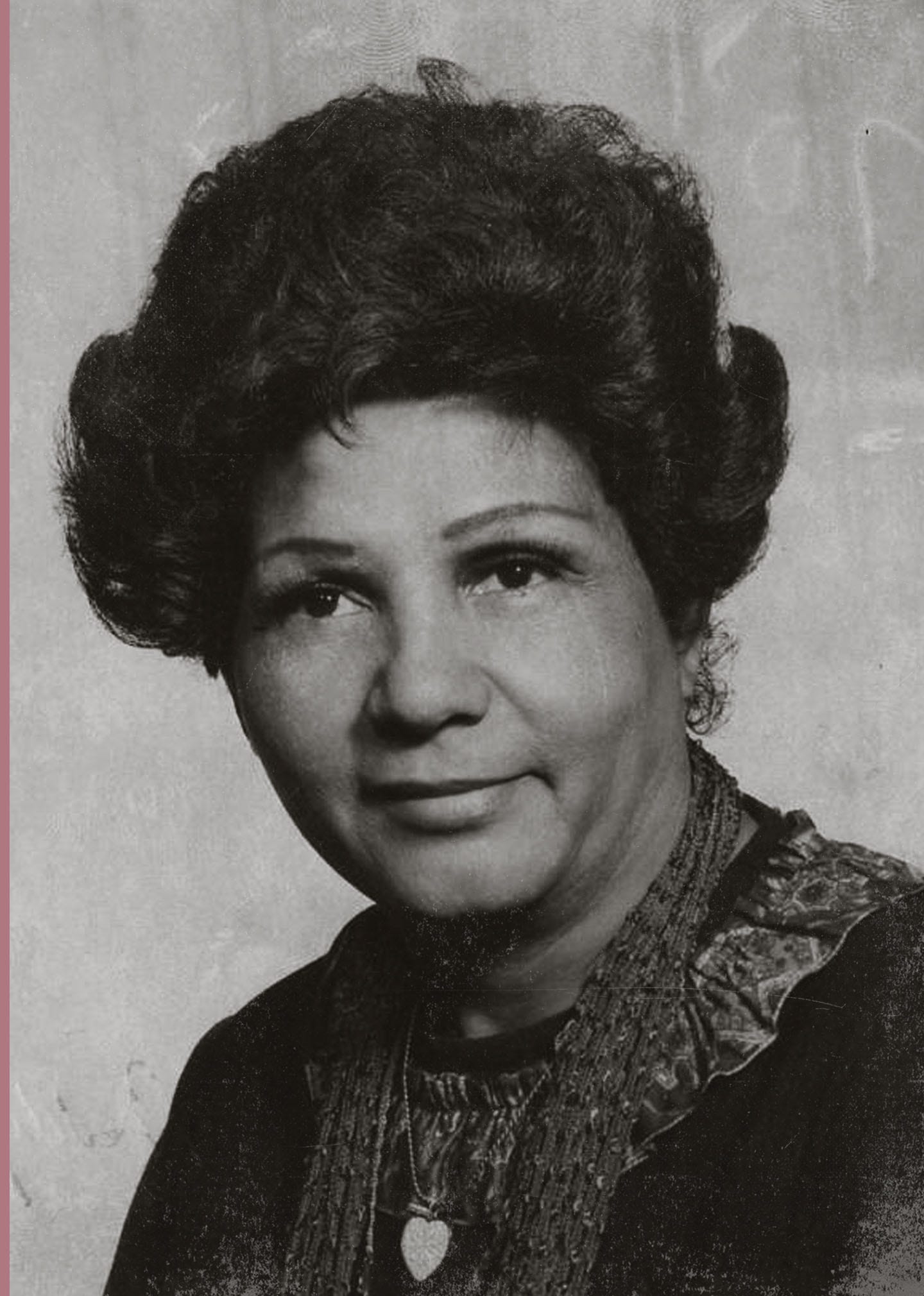
When she established a club in a tiny town in central Nevada in 1950, Sarann Knight-Preddy made history — she became the first African American woman in the state to hold a gaming license.
Knight-Preddy, born in Oklahoma to multiracial parents, moved to Las Vegas in 1942 to find a segregated town where Blacks could work at clubs and casinos, but weren’t allowed in as patrons. She soon learned the fundamentals of the gaming business — namely, dealing blackjack and running keno games. When she moved with her husband to distant Hawthorne, a town of fewer than 2,000 residents, she bought the city’s lone bar for Blacks, the Lincoln Bar, and used her gaming background to convert the bar into the Tonga Club.
Upon her return to Las Vegas in the late 1950s, she found once again that the town had few opportunities for nonwhites and women. She purchased the Playhouse Lounge and attempted to secure a local gaming license but was unsuccessful. The NAACP, which was pushing to integrate Las Vegas casinos, secured a pledge from one casino to hire a nonwhite female dealer if an experienced dealer could be found — and Knight-Preddy, the successful longtime gaming entrepreneur, was deemed fit to deal blackjack. The original plan was for Knight-Preddy to work at the casino for six months; instead, she spent seven years there.
In 1985, Knight-Preddy purchased the Moulin Rouge, which had been the city’s first integrated hotel-casino in the 1950s, and spent more than a decade working to revitalize the property to its glory days, before it closed for good in 1997.
Maya Miller
Noted philanthropist who worked for the environment, civil rights and world peace
(1915-2006)
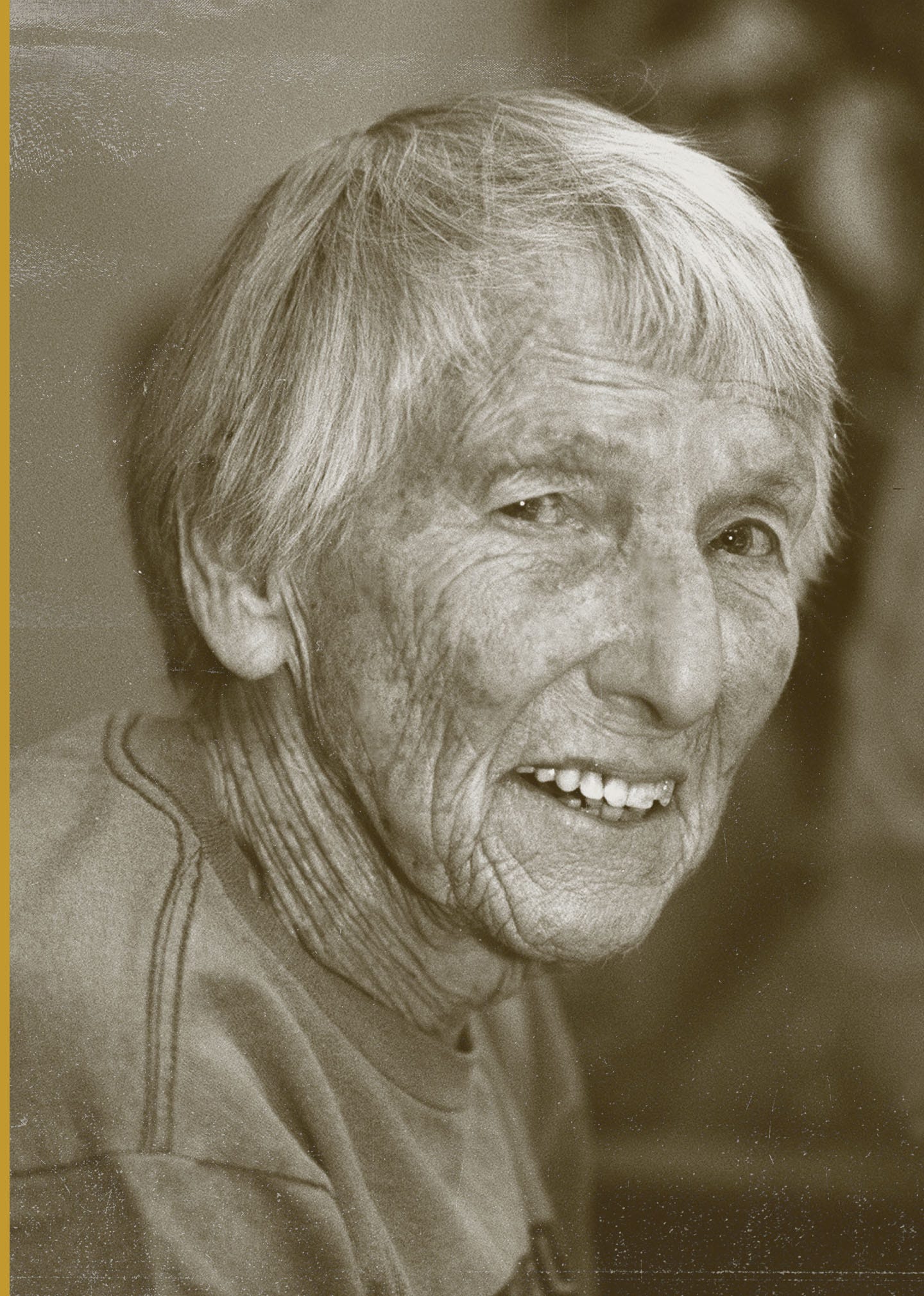
Maya Miller parlayed a comfortable upbringing as the daughter of an oil executive into an extraordinary life of activism — one that included ride-alongs with Sandinista soldiers through the jungles of Nicaragua and a spot on President Richard Nixon’s infamous “enemies list.”
Miller, the daughter of a Shell Oil executive, spent her childhood in Beverly Hills and St. Louis before studying at Cornell and Stanford. She and her husband, Richard, a veteran of the Pacific Theater, moved to northern Nevada after the end of World War II, where Miller briefly taught at the University of Nevada, Reno.
The couple’s early philanthropic efforts focused on environmental causes, including the creation of a bi-state park straddling the Nevada-California border at Lake Tahoe, and successfully lobbied against the construction of high-rises at nearby Sand Harbor. She helped fund the Pyramid Lake Paiute Tribe’s successful Supreme Court fight to reclaim water rights to save northern Nevada’s Pyramid Lake in the 1960s.
In the 1970s, Miller turned her focus toward pacifism, protesting the Vietnam War and financially supporting the anti-war movement. The Watergate hearings in 1973 revealed that both Miller and her husband had been added to Nixon’s “enemies list,” a compilation of the president’s political opponents, likely because of their anti-war activism.
In the 1980s, Miller became alarmed at the United States’ stance toward countries in Central America, which reminded her of rhetoric leading up to the Vietnam War; she traveled to Central America several times and rode along with Sandinista soldiers in Nicaragua to see the situation for herself. At the beginning of the Persian Gulf War, while in her mid-70s, Miller helped drive infant formula and medical supplies from Jordan to Iraq.
Dat So La Lee
Famed Washoe basket weaver
(1829?-1925)

As the United States lurched into the Industrial Age, Dat So La Lee rose to national prominence for her work as a skilled artisan.
Louisa Keyser, also known by her birth name, Dabuda, and her nom d’art, Dat So La Lee, was a basket weaver from the Washoe tribe — considered to be the last of the traditional basket weavers. She was born near the present-day town of Schurz just as European Americans were making their first forays into what is now Nevada. Dat So La Lee was in her 60s when she was hired by Amy and Abram Cohn, possibly as a domestic servant. The Cohns recognized her skill as a basket weaver, and soon began selling and promoting her work.
Dat So La Lee wove around 120 documented baskets in her lifetime. Her baskets became showpieces at the Smithsonian Institution and the Carnegie Institute. Individual pieces sold for thousands of dollars.
Her rise to fame coincided with the international Arts and Crafts movement. As the world was gripped by the Industrial Revolution, Dat So La Lee’s artistry was decidedly anti-industrial; she worked in solitude, making each of her baskets primarily with the traditional medium of willow stems. Her pieces would take months to complete, sometimes more than a year.
Dat So La Lee died in her mid-90s. Her exact age was unknown. As per her request, she was buried with one of her final pieces of work.
Mary and Carrie Dann
Native American ranchers and activists
(Mary: 1923-2005; Carrie: 1932- )
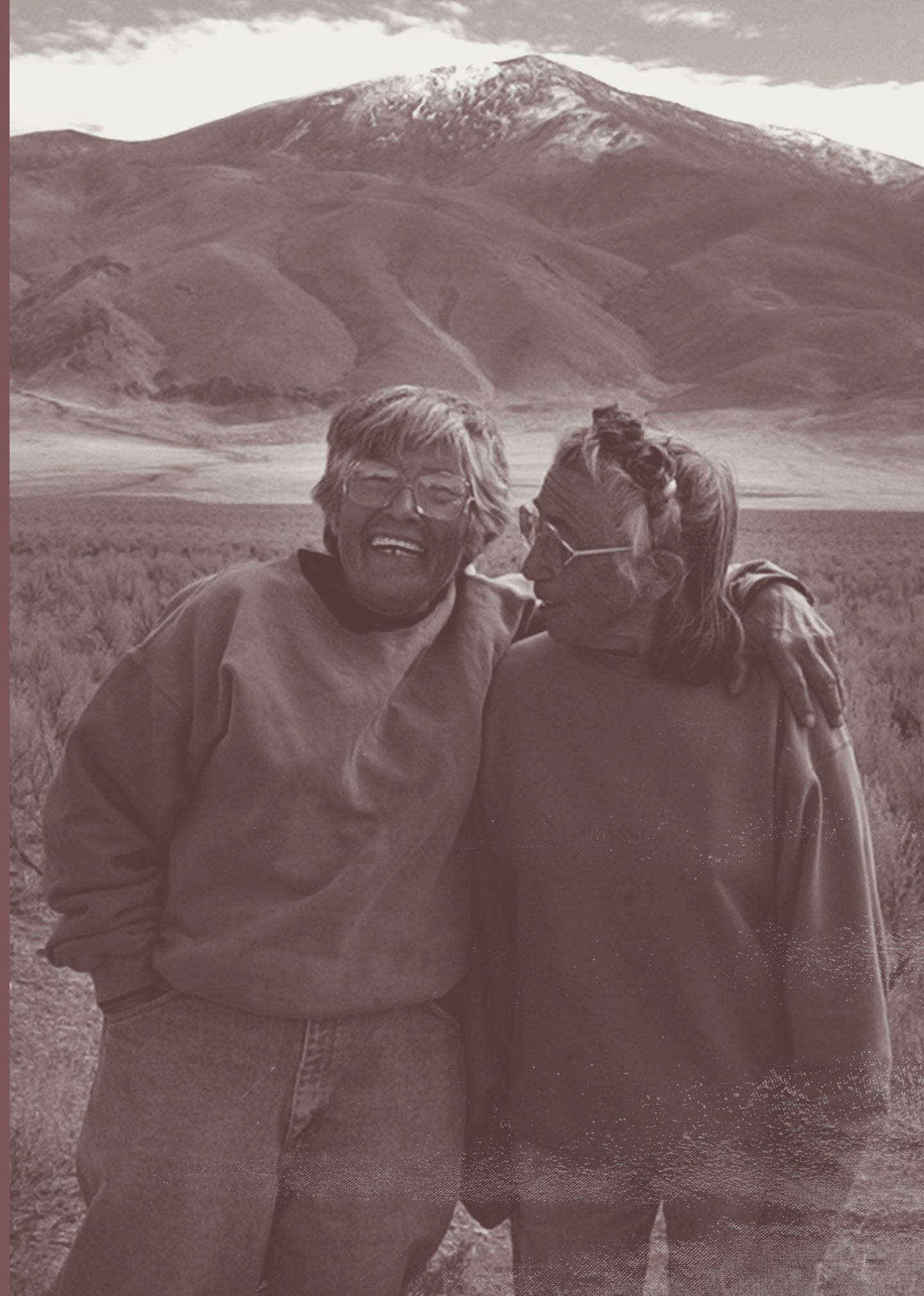
Despite a Civil War-era treaty that explicitly defined Western Shoshone land, the U.S. government legislated most of the land to federal agencies over the next century, even using some of the territory to conduct more than 100 above-ground nuclear tests.
Then, sisters Mary and Carrie Dann began protesting the federal government's control through civil disobedience.
Through homesteading and land purchases, the Dann family compiled an 800-acre ranch in central Nevada. The Bureau of Land Management charges grazing fees to Nevada ranchers who graze their livestock on BLM-controlled land. The Danns, however, refused to pay the grazing fees. In 1973, a bureau agent notified Mary that her animals were trespassing on federal land. Mary told the agent that the land belonged not to the feds, but to the Western Shoshone. The subsequent legal battle carried on to the U.S. Supreme Court.
Backing the Danns' claim was the Treaty of Ruby Valley between the United States and the Western Shoshone, which allowed settlers hunting rights, railroad right-of-way and even the ability to establish towns. It did not, however, transfer ownership of the land. The federal government pointed to two 20th century court rulings that extinguished the Shoshone's claim and granted a $26 million settlement to the tribe — about 15 cents an acre. The Supreme Court sided with the federal government against the Danns.
In 2006, Carrie Dann took the protest to the United Nations Committee on the Elimination of Racial Discrimination in 2006, which sided with the Danns' claim; the U.N.’s mandate to respect the original treaty has been ignored by the U.S.
Sally Zanjani
Author on Western history
(1937- )
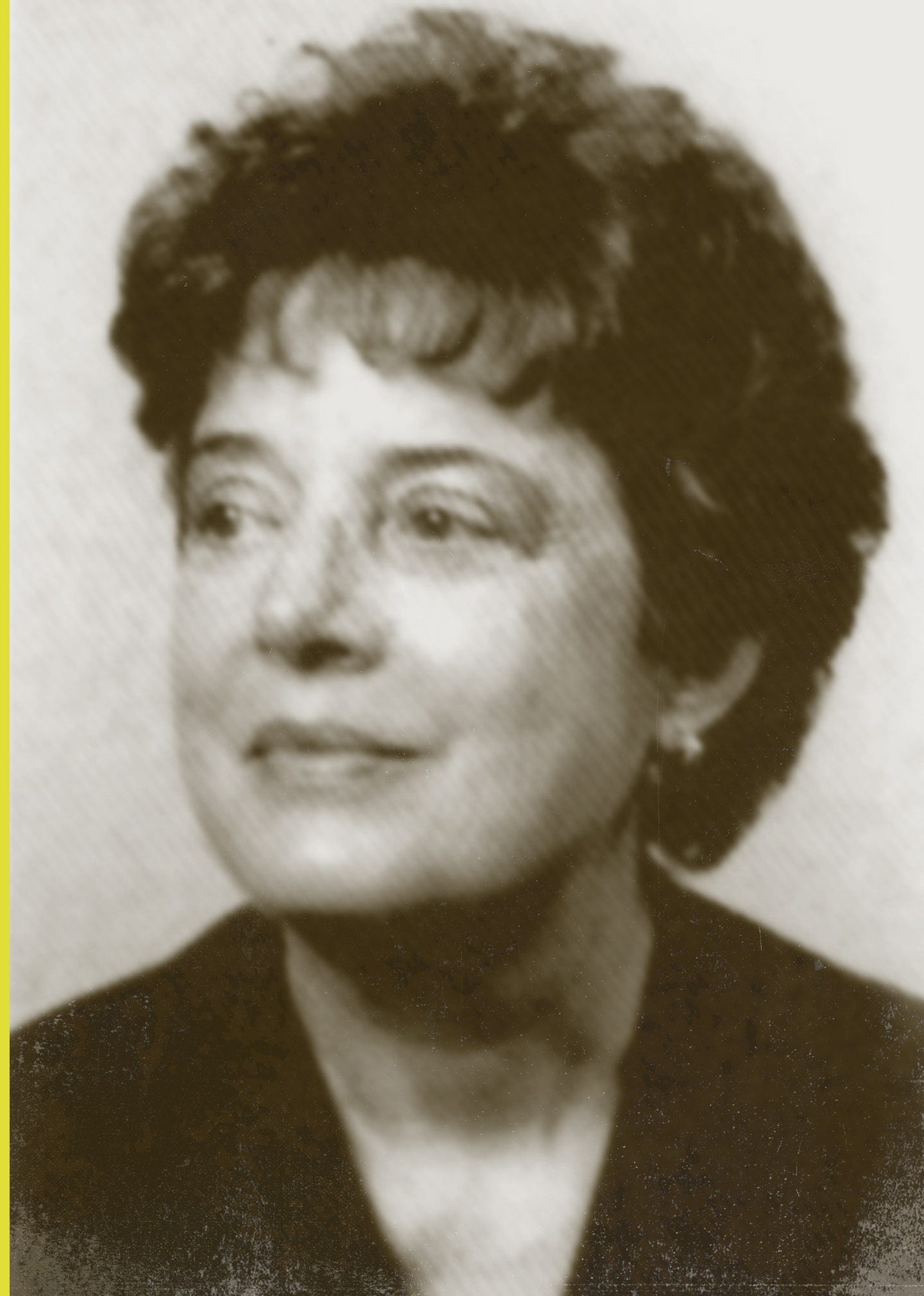
Award-winning author Sally Zanjani has made her place in Nevada history by helping Nevada better understand its past.
Zanjani, a former faculty member of the University of Nevada's political science department, has deep roots in the Silver State, counting Carson Valley pioneers among her ancestors. She is a prolific author, with 10 nonfiction books and more than 70 articles to her name.
"The Ignoble Conspiracy," a 1986 book co-written by Zanjani and historian Guy Rocha, explored the story of Morrie Preston, a union organizer with the International Workers of the World, who killed a Goldfield restaurateur in self-defense. Anti-unionization forces used the killing to allege a wide labor conspiracy to murder the town's most prominent individuals, turning the tide of public opinion against unionization. The book's thorough examination of the incident led to posthumous pardons for the labor leaders who were convicted of the murder.
Zanjani's other works include biographies of Helen J. Stewart, the southern Nevada rancher, landowner and "First Lady of Las Vegas"; and Sarah Winnemucca, the Paiute activist for indigenous rights — the latter of which won an Evans Biography Award and a Cofounders Award. "A Mine of Her Own: Women Prospectors in the American West, 1850-1950" was selected by the Mining History Association as one of the top mining books of all time. She was named to the Nevada Writers Hall of Fame in 2000.
Jeanne Wier
Women's suffrage activist, founder of the Nevada Historical Society
(1870-1950)
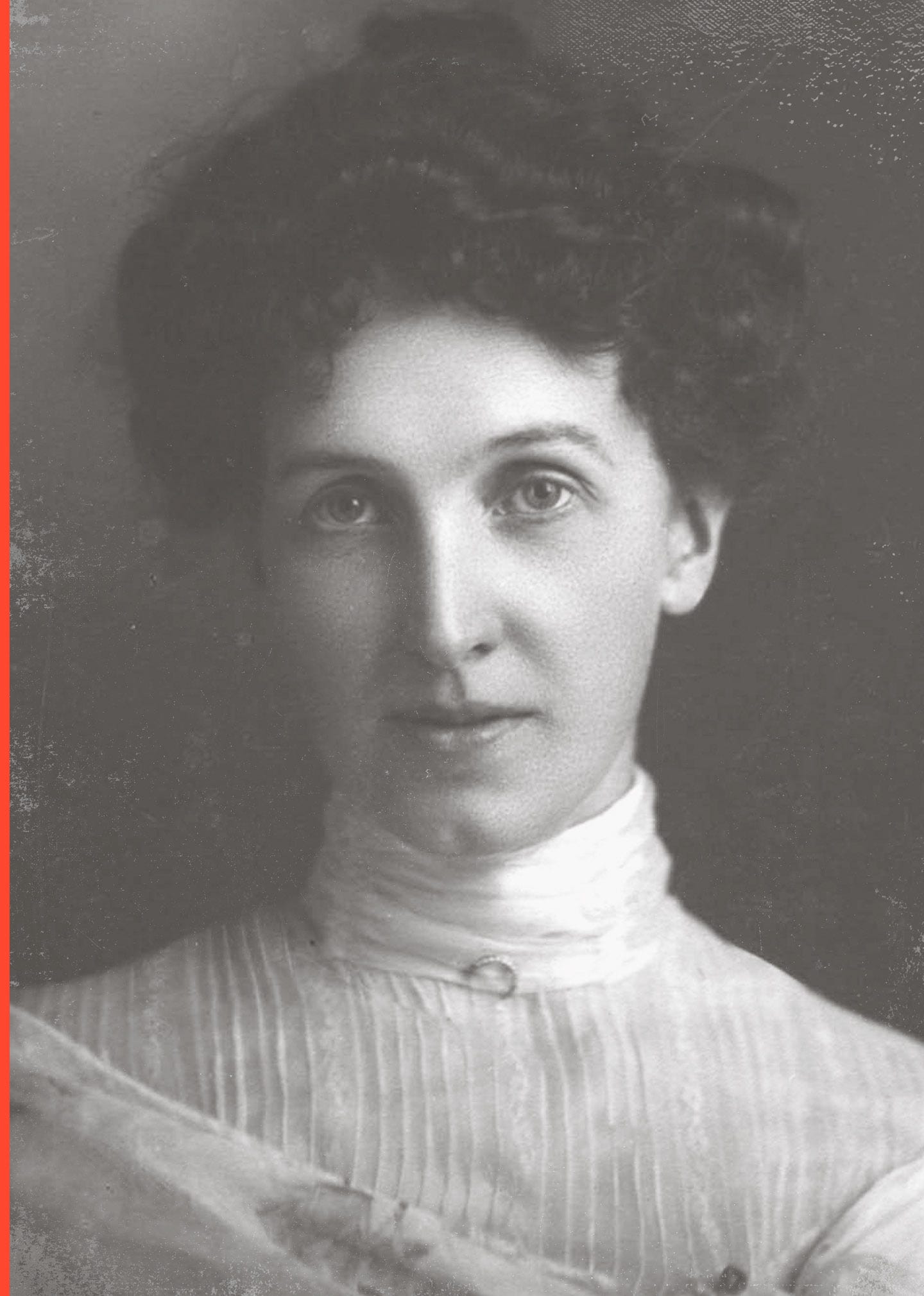
In the earliest days of the University of Nevada's history department, Jeanne Wier was the history department — never mind that when she started, she had yet to complete her own degree.
Wier, an Iowa native, was working toward a master's degree in history from Stanford University when she came to northern Nevada to study the Washoe people in 1897. Two years later, her predecessor in the Nevada history department, Anne Martin, requested a leave of absence and asked that Wier be named her replacement. Despite remaining several credits shy of graduation from Stanford, Wier took over as acting assistant professor of history, serving in the temporary role until 1901, when she earned her degree and a permanent position with the university. She remained as the lone faculty member for the history department until 1913.
In 1904, Wier was among the founding members of the Nevada Historical Society. At the organization's first meeting, she was elected secretary, a position she continued to hold until her death in 1950.
In 1910, she was a founding member of the Nevada Equal Franchise Society, the movement to bring women's suffrage to Nevada. Despite well-organized opposition from influential Nevada heavyweights — one political boss vowed to move all his business interests from the state if women's suffrage passed — the suffrage amendment passed the Legislature and a direct vote in 1914.
Velma “Wild Horse Annie” Johnston
Animal rights advocate
(1912-1977)
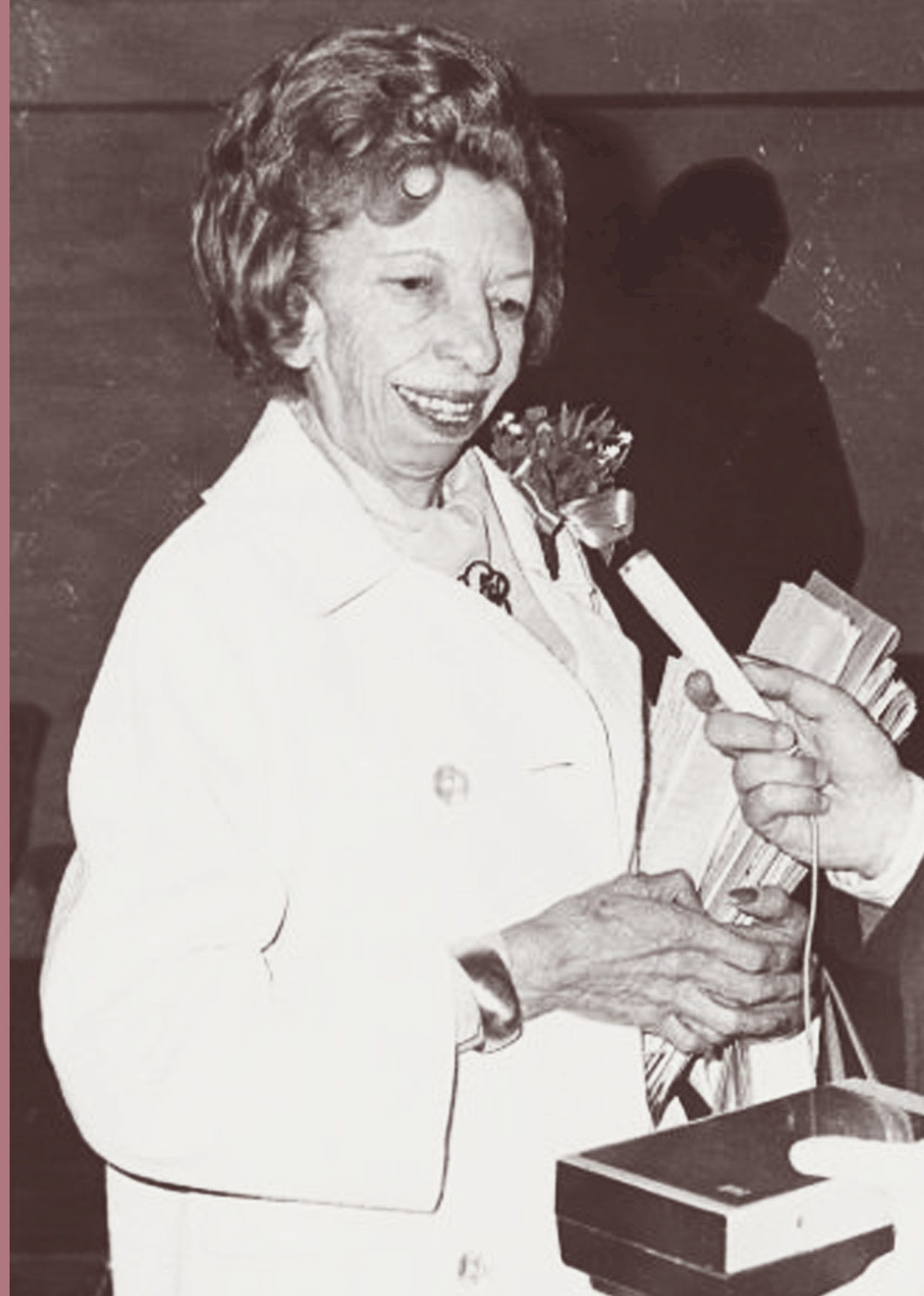
Nevada's official state quarter features a trio of wild horses racing across the desert landscape. This quintessential image of the Wild West wouldn't have been possible without the efforts of Nevada's Velma Bronn Johnston, aka "Wild Horse Annie."
Johnston joined the movement to protect wild horses by mere chance. She was driving along Highway 395 toward Reno when she saw a truck with blood seeping out the sides. She followed the truck to a slaughterhouse and found it was packed with wild horses. One of the colts had fallen and was trampled to death during transit.
Johnston did her homework. For two years, she studied the issue of wild horses in the West before she began openly advocating for the animals' rights. She successfully lobbied the Nevada Legislature to prevent the use of aircraft and motorized vehicles to round up wild horses, and just four years later, was spearheading a national letter-writing campaign that prompted Congress to extend the ban to all federal lands — a bill known as the "Wild Horse Annie Act." Johnston didn't stop pushing, eventually advocating for the much more comprehensive Wild and Free-Roaming Horses and Burros Act of 1971, which prohibits the capture, injury or disturbance of free-roaming horses and burros.
Johnston's advocacy became part of American pop culture. The conflict plays a central role in 1961's "The Misfits," in which Marilyn Monroe's character protests against a wild horse roundup. Much like the real-life battle, the movie ends with the previously captured horses once again running free.
Ruby Duncan
Activist for welfare rights
(1932- )
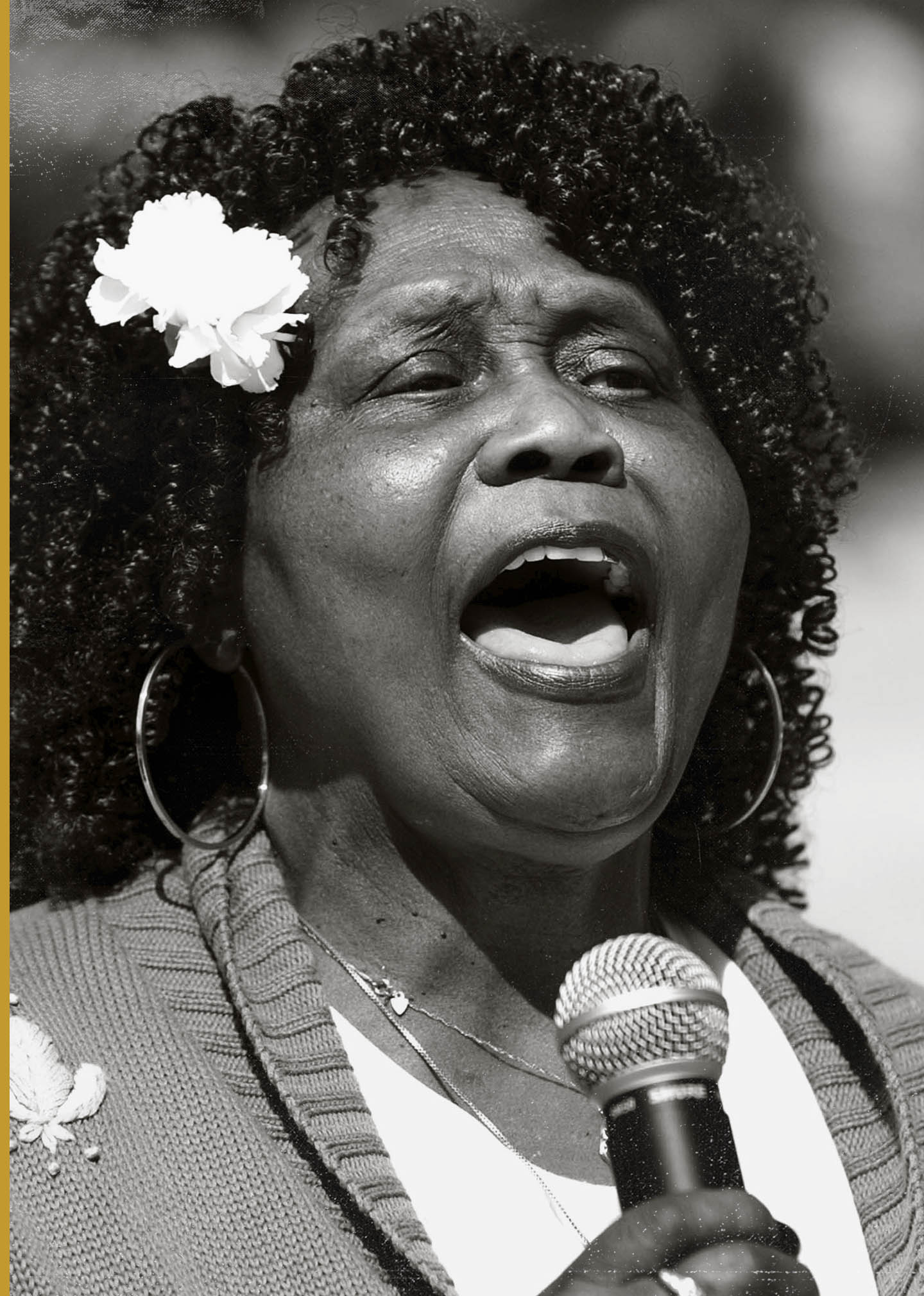
To make her voice heard, Ruby Duncan shut down the Las Vegas Strip.
Duncan, a Louisiana native, moved to Nevada in the 1950s and soon found work in Las Vegas as one of the thousands of hotel maids who keep the tourism industry humming. In 1964, Duncan began to organize other maids to protest against working conditions and low pay — and was fired. The young mother relied on the state's welfare system to survive before she landed another job in a pantry for a Strip hotel. A workplace injury left her unable to perform heavy labor, and she eventually found herself relying on welfare to make ends meet once again.
To continue receiving benefits, Duncan was required to enroll in a job training program — a sewing class. Duncan soon organized other welfare mothers to band together and form a welfare rights organization. She successfully pushed for the Supplemental Nutrition Assistance Program and the Special Supplemental Nutrition Program for Women, Infants and Children to be implemented in the state.
But in 1971, the state slashed welfare benefits by 75% for women with children. An incensed Duncan once again rallied welfare mothers and supporters, organizing two separate marches on the Las Vegas Strip that shut down business at the city's biggest hotel-casinos. The second of the two rallies attracted celebrity supporters including Dr. Benjamin Spock, Cesar Chavez, Ralph Abernathy, Jane Fonda and Donald Sutherland. The marches and associated protests were successful; a federal judge mandated the restoration of benefits to previous levels.
Geoconda Arguello-Kline
Union organizer
(1955- )
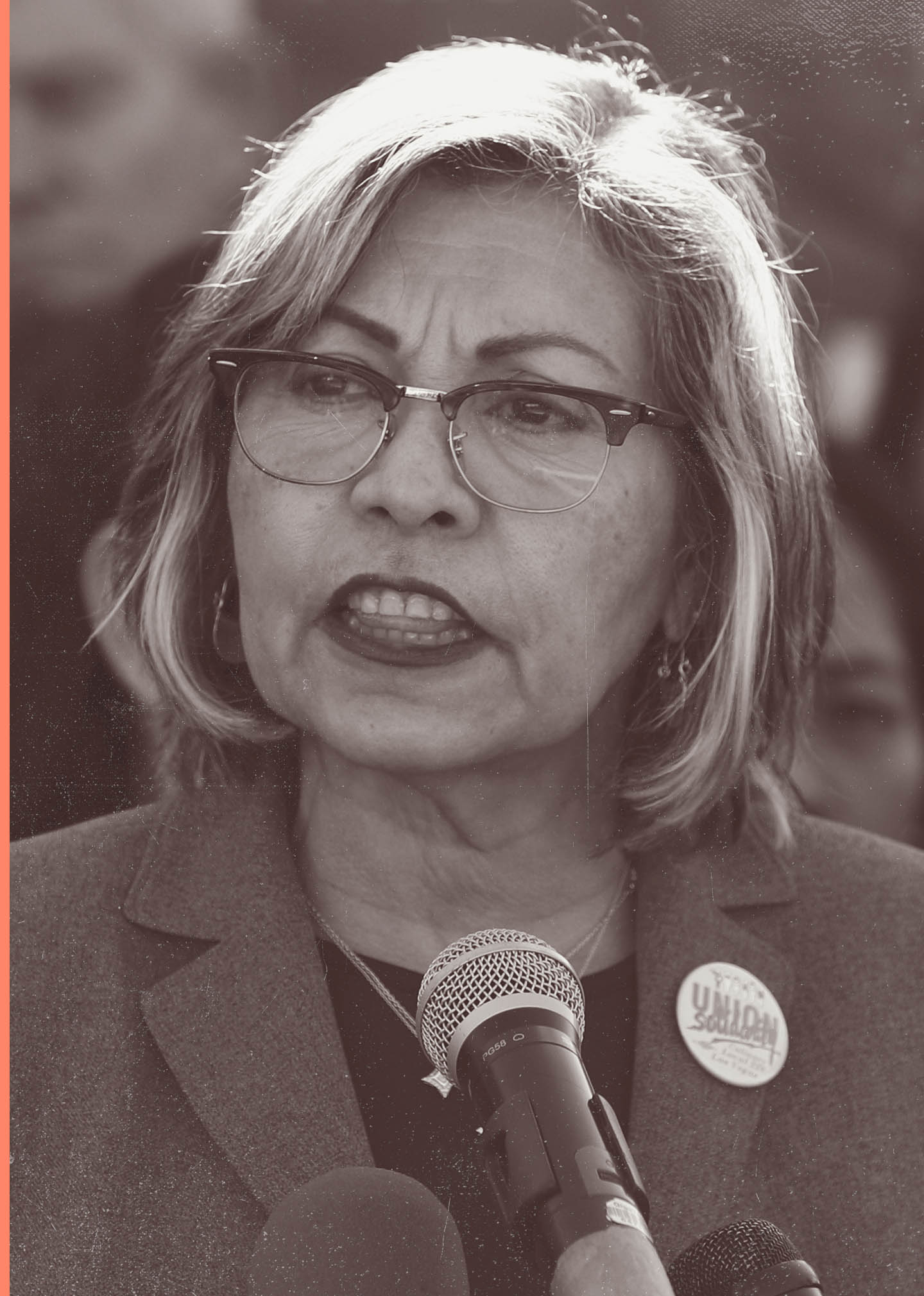
Las Vegas casinos dominate commerce in Nevada. The Culinary Union generates extraordinary power over labor and politics in Las Vegas casinos. And since 1990, Geoconda Arguello-Kline has been a significant organizational presence for Culinary.
A native of Managua, Nicaragua, Arguello-Kline immigrated to the United States as a political refugee in 1979. The move was sudden and somewhat unexpected; when she arrived in Miami, she didn't speak English. She moved to Las Vegas in 1983 and began working as a guest room attendant in a casino, a job she got through a union office.
Pushing for better working conditions, Arguello-Kline became a committee leader with Culinary, then joined the union's staff, working to organize employees in both union and nonunion casinos. In 2002, she became the first Latina to serve as president of Culinary Local 226. She currently serves as the secretary-treasurer for Local 226, which represents more than 60,000 members, and also holds key positions with UNITE-HERE, the Center for American Progress Advisory Board and the Immigrant Workers Citizenship Project.
In January, Nevada Gov. Steve Sisolak appointed Arguello-Kline to the Las Vegas Stadium Authority board of directors, which oversees the $2 billion soon-to-be home for the NFL's Las Vegas Raiders. She plans to use her position to advocate for job training, equal opportunity hiring and workforce development for the stadium's staff.
Barbara Vucanovich
Member, U.S. House of Representatives
(1921-2013)
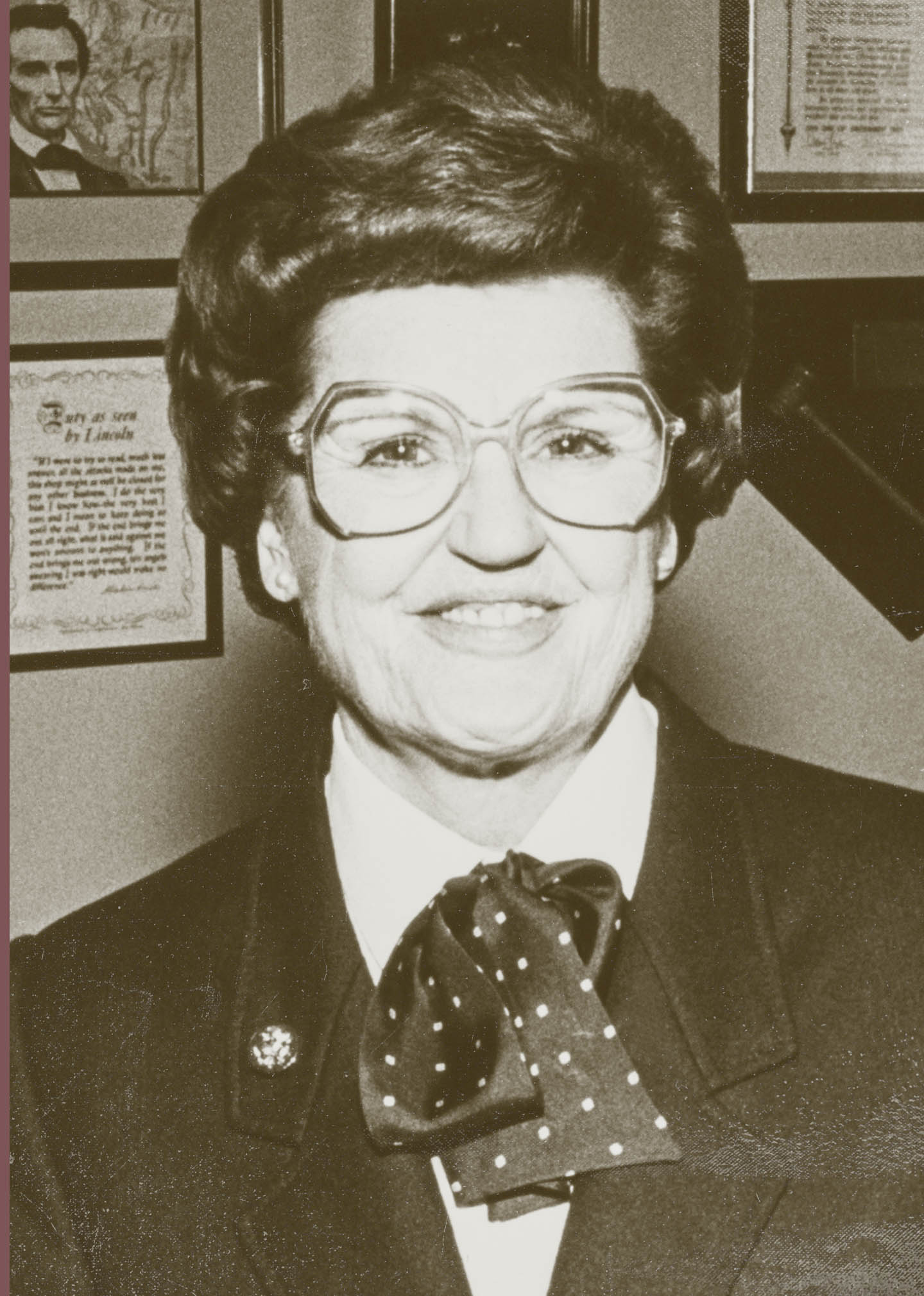
When Nevada needed a tough grandmother, Barbara Vucanovich was there.
Vucanovich, who grew up on the East Coast, moved to Nevada in 1949 and soon became involved in the state's Republican Party. She worked on Paul Laxalt's successful bid for the U.S. Senate in 1974 and became a district director for Laxalt. Eight years later, when Nevada gained its second seat in the U.S. House of Representatives, Laxalt encouraged Vucanovich to throw her hat into the ring. She ran for election in 1982 under the slogan "What Congress needs is a tough grandmother" and won a three-way race with 55% of the vote.
While in Congress, Vucanovich represented Nevada's interests on the Mining and Minerals Subcommittee. When Congress designated southern Nevada's Yucca Mountain as the leading site for a future nuclear waste depository, Vucanovich joined together with Nevada's other congressional representatives to push back against the designation — a fight that continues more than three decades later.
Vucanovich's contributions while in office included drafting two of the 10 bills that made up the Republican Party's Contract with America in 1994 (specifically the American Dream Restoration Act and the Family Reinforcement Act). Vucanovich’s advocacy for women’s issues on Capitol Hill extended to funding for early screening, detection and treatment of breast cancer, as well as equal pay and equal treatment for women.
Sources used in the Women of the Century list project include newspaper articles, state archives, historical websites, encyclopedias and other resources.